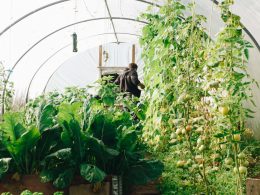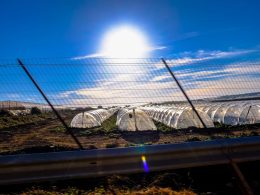Green House Adviser is reader-supported. When you buy through links on our site, we may earn an affiliate commission. Learn more
Do you enjoy having fruits, vegetables, and plants all year round? Greenhouses have proven to be ideal for that; however, each season has its requirements and needs some preparation. Preparing your greenhouse for winter is important in terms of its overall health and ongoing viability. If you get everything ready during the fall, you will avoid being out in the cold weather setting everything up in the winter. There are a lot of things to consider when winter approaches, and in this article, we provide you with the tips you need for your greenhouse to thrive.
Can Greenhouses Be Used in the Winter?
Greenhouses are structures used to protect plants from any weather conditions. The main purpose of greenhouses is to provide an environment where plants can grow with less water, fertilizer, and pesticides.
It is possible to use a greenhouse in the cold winter, but only if you have a heated greenhouse. You can use a small space heater or even propane heaters to keep the temperature up in your greenhouse during the winter months. Greenhouses are ideal for growing food year-round because they provide protection from extreme temperatures and harsh winds.
Positioning Your Greenhouse
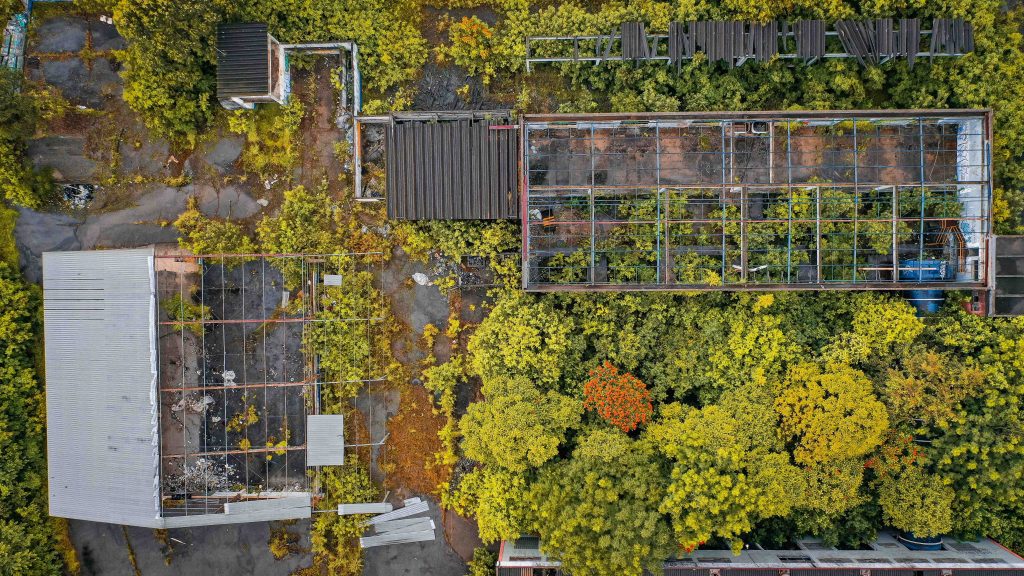
There are many factors to consider when positioning a greenhouse during winter. The first thing is to make sure that your greenhouse is in a sunny area, generally the south or southeast side of the house.
In addition, it is important to avoid placing the greenhouse surrounded by tall trees, as these would reduce the amount of sunlight coming in. However, if these or tall walls and hedges are around but at a suitable distance, they can provide shelter and serve as windbreakers.
How to Prepare Your Greenhouse for Winter
When the fall comes to an end and frosty mornings awaken, you will know it’s time to start preparing your greenhouse for winter. Many things need to be done to protect your hard work this season. The following paragraphs will provide you with valuable information on how to prepare your greenhouse for winter.
Empty and deep clean your greenhouse
The first step in preparing your greenhouse for winter is emptying it out completely. This includes removing plants, tools, watering cans, and other items inside the structure. If you have any plants that require extra care, relocate them to a sunny spot outside where they can receive adequate light and water.
After you have emptied your greenhouse completely, you can begin deep cleaning it by wiping down all surfaces with a damp sponge or cloth. Use a mild soap solution if needed; however, do not use any heavy detergents or cleaners on your greenhouse because they could cause damage over time. Be mindful of what material your greenhouse is made of and use products accordingly.
Prepare the soil
Remove any weeds or debris from the soil. This will help prevent them from returning when you plant your seeds or seedlings. If there are any large rocks or roots in the ground, remove them as well. Next, loosen up the soil using a rake or tiller. This will allow water and other nutrients from fertilizers to penetrate into the earth so that they are available for plants’ roots when they need them most during their growth cycle. Prepare any soil beds within your structure by adding extra insulation underneath them, so they don’t freeze.
Inspect and repair whatever necessary
Here’s a checklist of things to inspect and repair before putting everything back into place.
- Repair any leaks in the roof or walls.
- Check caulking around windows, doors, and other fittings.
- Inspect your greenhouse for damaged panels or cracked glass.
- Replace any damaged panels with new ones purchased from a greenhouse supply store.
- Lubricate door handles, hinges, and vents.
- Check the ventilation system.
- Inspect your heating system and make sure it’s in working order before winter arrives.
Choose your crops
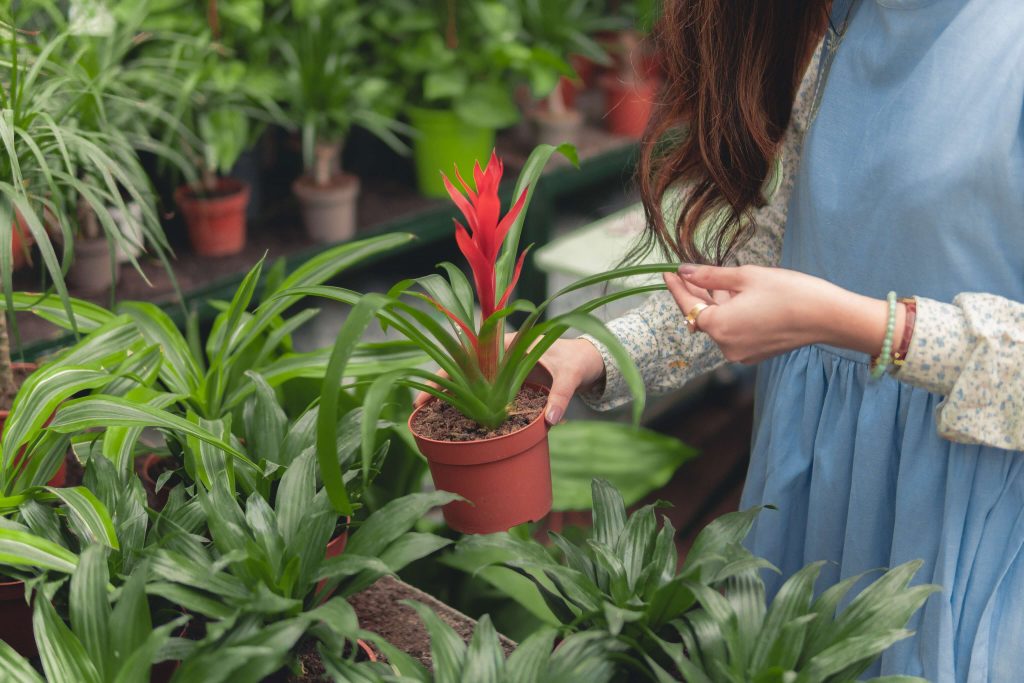
You should choose your crops for your greenhouse for the winter season based on the following criteria:
- Climate conditions and temperature. For example, if you live in an area with cold weather, you will want to choose crops that do well at lower temperatures.
- Light requirements of the plant. Some crops need more light than others, and you should consider this when selecting your crops for your greenhouse for the winter season.
- Watering needs of the plant. Plants have different watering needs depending on their species and stage of growth.
Some of the best vegetables to grow in a greenhouse during the winter are potatoes, winter lettuce, spinach, kale, cabbage, broccoli, and brussels sprouts. In terms of herbs, you can consider planting coriander, dill, mint, or parsley.
Insulate
If you are planning on keeping your greenhouse through the winter, it is important to insulate it. Insulation is one of the most important things you can do to protect your greenhouse in winter. This will help keep it warm and prevent heat loss through cracks or gaps in the walls, and it will also ensure that the temperature inside remains consistent throughout all four seasons.
Ventilate
If there’s one thing that people overlook when they’re preparing their greenhouses for winter, it’s ventilating them before the cold weather hits. If you don’t ventilate your greenhouse properly before the cold weather hits, condensation can build up on top of plants and other materials inside of your structure, which could cause them to rot or mold. To prevent this from happening, make sure that you leave a window open at all times and open up any vents or doors that might be blocked by snowdrifts during heavy storms.
Ventilation, however, should also be done during the winter itself for the same reason. You can open a window in the morning and close it back before the sun goes down.
Use plant covers
One of the easiest ways to protect your plants is by using plant covers. These covers will keep your plants warmer and give them access to all the sunlight they need at the same time. You can find several different varieties of plant covers at any greenhouse supply store or online. Cover plants with plant cover to protect them from freezing temperatures that can cause serious damage if left untreated. For example, cover tomato plants with burlap sacks or blankets if they are still growing fruit on their vines.
Prepare your heating system if needed
Prepare your heating system. If your winter is so cold, consider using a heating system so that your plants will continue growing throughout those months! Make sure your heating system is working properly before winter begins so that it can be easily turned on when needed.
Use lighting
If you don’t get much sunlight during the winter, you can use artificial lighting. This will help keep your plants alive through the cold months and make it easier for them to be ready when spring arrives again! To figure out how many hours of light your plants need during the winter months, consult with a local agricultural extension service or greenhouse expert.
Will Your Greenhouse Keep Your Plants From Freezing?
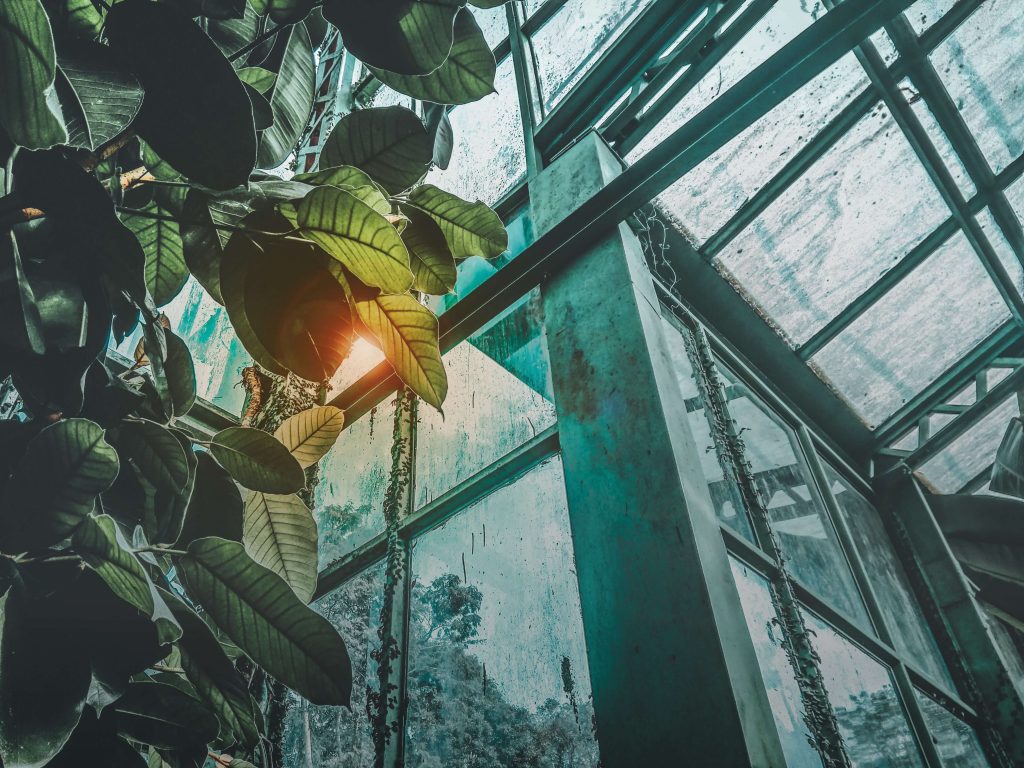
A greenhouse is a structure that’s built to protect plants from the elements. These structures are very useful in cold climates, where the risk of freezing temperatures can threaten outdoor plants. If you live in an area with a cold climate and want to protect your plants from freezing temperatures, you may be considering building or buying a greenhouse. However, before you do so, it’s important to understand how well greenhouses work at keeping plants from freezing. Greenhouses work by trapping heat inside the structure, which allows plants to thrive in colder climates.
Conclusion
Preparation always takes time and effort, but it’s the only way to ensure that your greenhouse runs smoothly through all seasons. The winter can be a very rough time for your plants. If you follow the tips listed below, you can ensure your greenhouse performs at its best and enjoy the fruits of your crops at any time.





